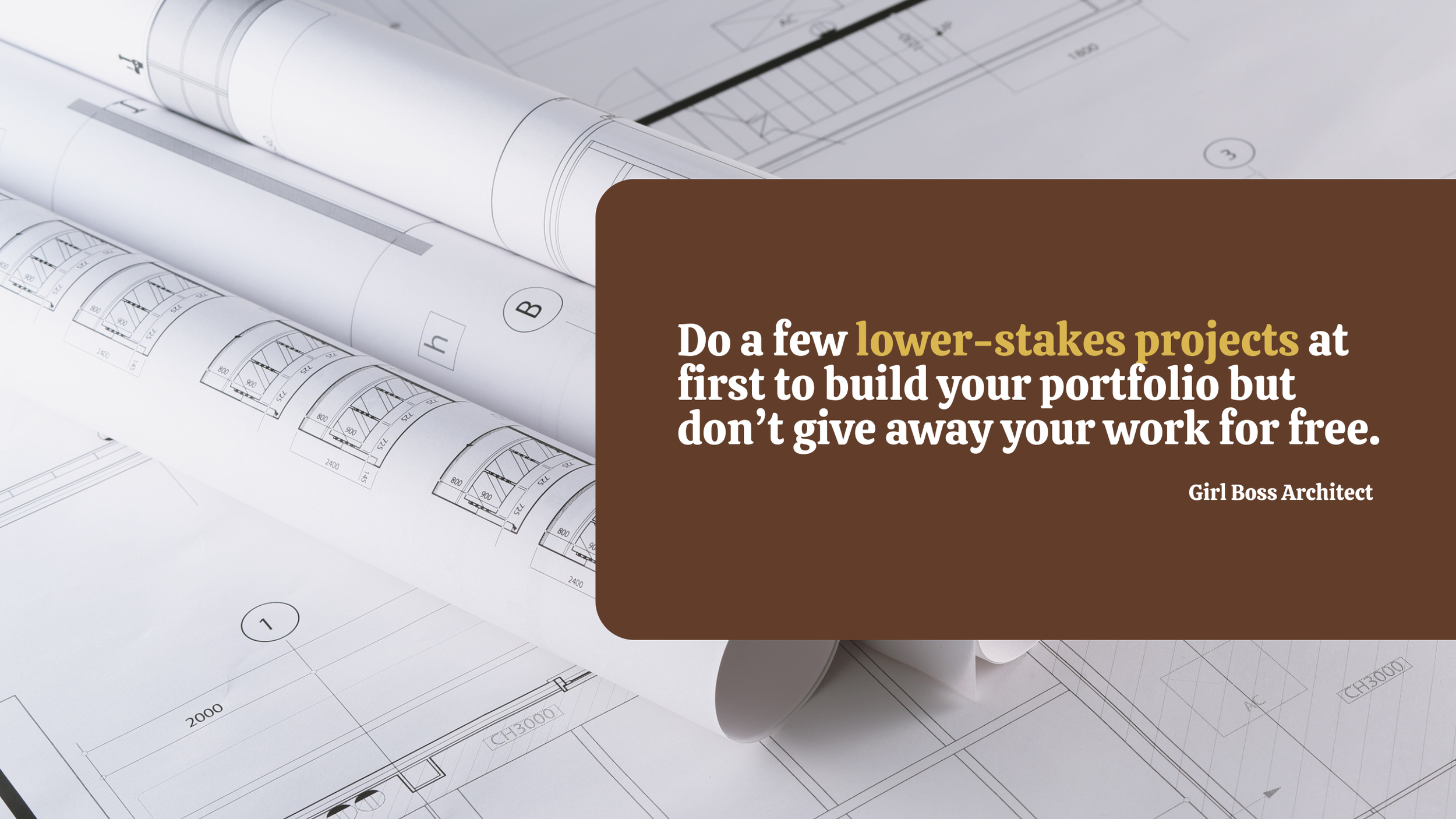The Challenges of Starting an Architecture Business
So, you’ve got your license, a Pinterest board full of dreamy inspiration, and a gut feeling that it’s time to launch your own architecture firm. You’ve done the hard work: late nights in the studio, grueling exams, and overtimes in your practice.
And now, the freedom of running your own show feels within reach. However, let’s be real for a second. Starting an architecture business comes with a whole new set of challenges you would likely want to know about.
Sure, it can be exciting and empowering to dream big, but being your own boss also means facing growing pains, self-doubt, and spreadsheet-induced migraines.
Let’s talk about the real challenges of starting an architecture firm—and how to move through them like the powerhouse you are.
Why Starting an Architecture Business Is a Whole Different Blueprint
Here’s something they don’t tell you in architecture school: being an amazing designer doesn’t automatically make you a great entrepreneur. (Oof, I know.)
Running a business isn’t just about creating beautiful spaces. It’s about contracts, invoices, client management, marketing, and wearing more hats than a Paris Fashion Week runway. The transition from architect to architect-business-owner requires a total mindset shift.
You’re not just designing buildings. Now, you’re also building a brand, a reputation, and an actual income stream that supports your lifestyle.
Common Challenges (and How to Navigate Them Like a Girl Boss)
Let’s break down the big ones most new firm owners face, and how you can prepare yourself to meet them head-on.
1. Financial Instability & Cash Flow Stress
The money side of the business is often the messiest. Projects take a long time to close, and even longer to get paid. Plus, many new firm owners undercharge in the beginning out of fear or insecurity.
What helps:
Start with a simple budget and track your expenses from day one.
Open a separate business account (non-negotiable!)
Price your services with confidence and don’t be afraid to raise your rates as you grow.
Build a buffer fund for slow seasons or delayed payments.
2. Wearing All the Hats
Designing the projects, sending the invoices, updating your website, posting on Instagram, negotiating contracts... it’s a lot. You usually start out as a one-man team.
What helps:
Prioritize ruthlessly and think, what actually drives revenue?
Use project management tools, templates, and scheduling apps for a smooth and cohesive system.
Outsource when possible (even if it’s just a virtual assistant a few hours a month).
3. Finding Clients When You’re Just Getting Started
No clients equals no business. But how do you land your first projects when no one knows you yet?
What helps:
Start with your existing network, like your friends, family, old coworkers, even that barista you chat with every morning.
Build your online presence whether that’s on Instagram, LinkedIn, or a simple website to help you build trust, fast.
Ask for referrals and follow up like a boss.
Do a few lower-stakes projects at first to build your portfolio but don’t give away your work for free.
4. Legal + Licensing Overwhelm
Starting a firm means navigating the not-so-sexy side of entrepreneurship, which includes structuring your company, getting liability insurance, writing contracts, and making sure you’re licensed to practice in your state or location.
What helps:
Consult a small business attorney or legal resource (it’s worth the peace of mind).
Use contract templates tailored for architecture (don’t DIY this unless you have to).
Stay organized with your registrations, renewals, and certificates.
5. Imposter Syndrome
This one can be deeply personal, and incredibly common. You might ask yourself: Am I ready for this? Do I even know enough? What if I fail?
What helps:
Remind yourself that every firm owner once started exactly where you are, with zero clients and a lot of nerves.
Reflect on what you have accomplished, including your experience with licensure, projects, leadership roles, etc.
Surround yourself with mentors, accountability partners, and people who remind you of your worth.
What Most People Don’t Tell You About Starting Your Own Firm
Let’s be honest about the stuff that doesn’t make it into glossy business articles:
It’s lonely sometimes, especially if you’re going solo.
Not every project is glamorous. Some will be small renos or oddball requests. That’s OK as it also pays the bills and builds trust.
Your style will evolve. The way you design (and the clients you attract) might change as your business grows.
Final Thoughts
Starting an architecture business is not for the faint of heart. But if you’re resilient, resourceful, and you know that you’re capable, then it can become your next fulfilling adventure. There will be setbacks. There will also be late nights and moments of doubt. However, there will be sweet moments, such as when a client signs on, when your design is built, or when you realize you actually did the thing—you started your own firm.
If you decide to move forward, remember that you’ve got this! One step at a time.



